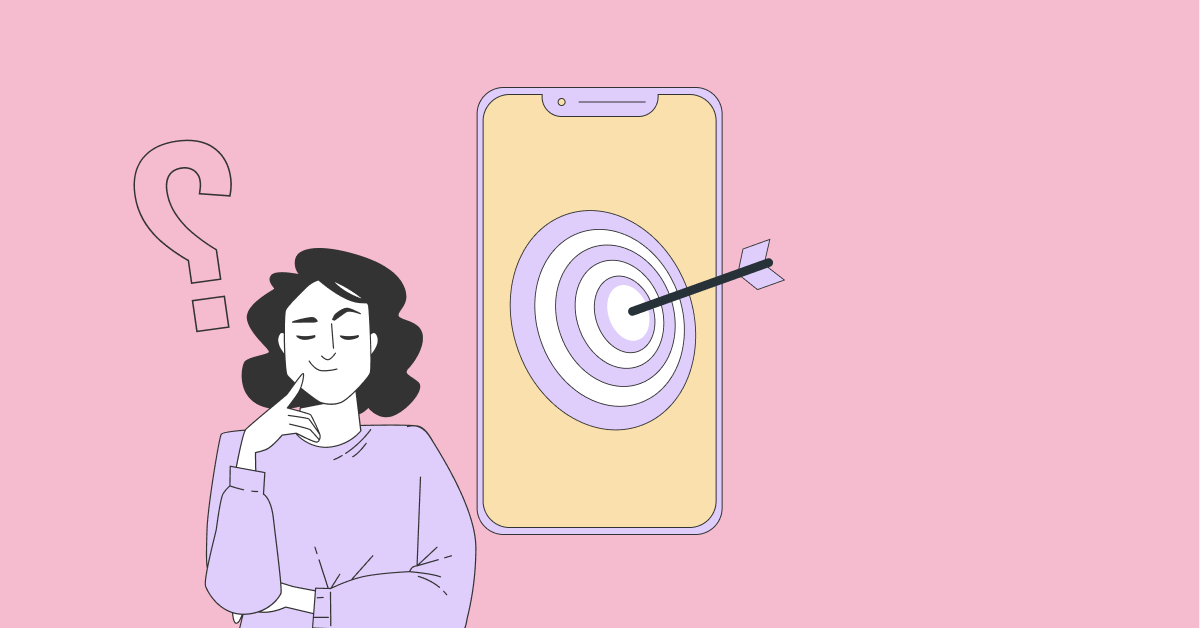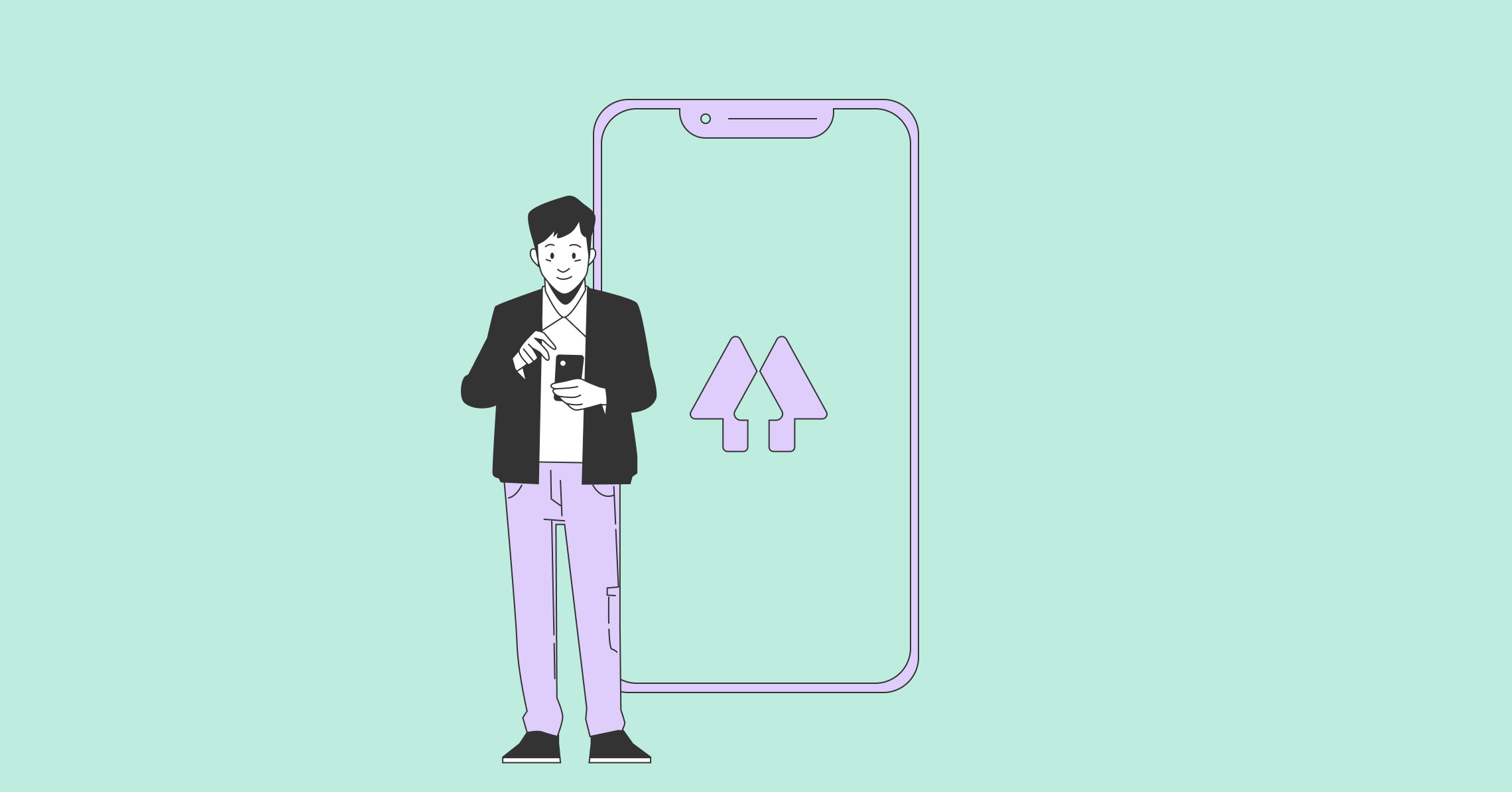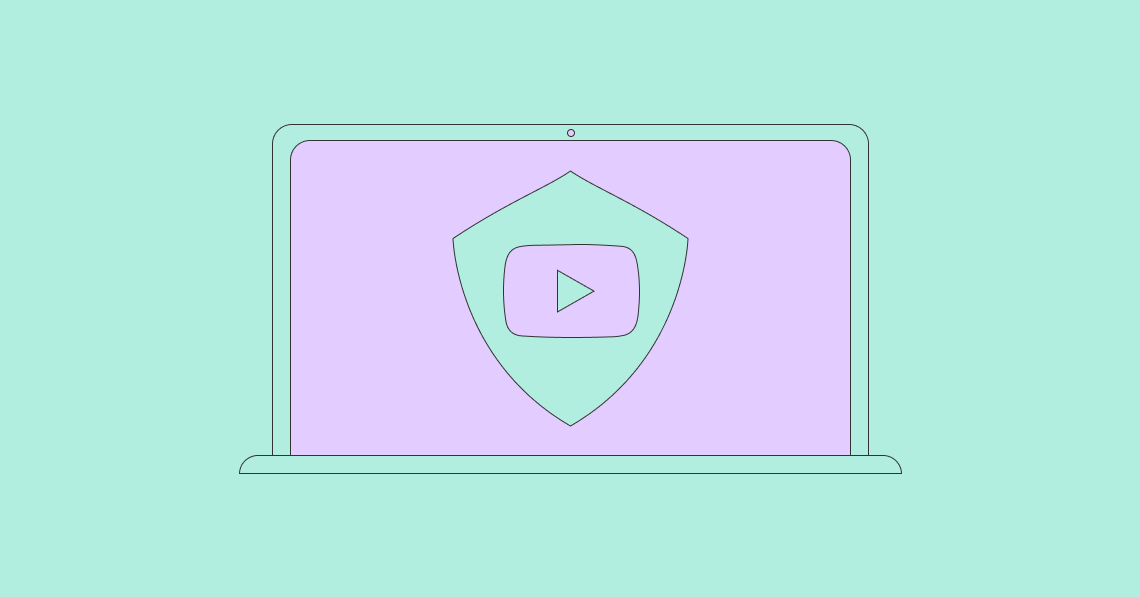Social media is bubbling with user activity. On Twitter alone,6,000 tweetsare generated every second, which means 500 million tweets per day. Are you tuned-in to the conversations about your brand? Or, are you caught up in the daily rigmarole and losing out on opportunities to engage with clients and prospects?
你的社交媒体宣传不以简单的结束creating and posting content. In fact, the real work starts after that. You need to track how well your content is being received. You also need to know how you stack up against your competitors on various social networks.
All this is possible by incorporatingsocial media monitoringinto your overall marketing plan. Are you behind the curve in this respect? Don’t fret! We have you covered.
This post defines social media monitoring, explains its main focus areas, walks you through the planning process, and suggests helpful tips along the way.
How to Improve Your Social Media Monitoring Strategy:
What is Social Media Monitoring?
社会媒体监控或社会倾听是process of tracking relevant social media conversations around your brand, industry, product category, etc. In simple terms, it is the exercise of “looking for” social content that mentions your brand or product.
A lot of content is published on social media and you need to respond quickly if a content piece mentions you or your brand. In this dynamic space, your brand image can be tarnished in seconds if you don’t control the narrative proactively.
By social listening, you can catch the negative brand mentions and move in quickly to do damage control before the issue escalates.
Elon Musk, the CEO of Tesla, takes customer service very seriously. Through social media monitoring, he caught a complaint in time when one of their customers, Loic Le Meur, tweeted that the Palo Alto area is crowded with Tesla owners who have already charged their cars.
Musk not only tweeted his response in record time but also levied an idle fee on the guilty car owners. Social listening enabled him to resolve the problem quickly.
@elonmuskthe San Mateo supercharger is always full with idiots who leave their tesla for hours even if already charged.
— Loic Le Meur (@loic)December 11, 2016
Social listening helps you find positive mentions too. If a user writes a glowing review of your product or brand and tags you, you will know about it instantly. From users’ feedback, you learn valuable pointers about products and strategies that are working.
For instance, here is a customer who mentions our brand in her tweet. We can derive many insights from this information. One, our articles on influencer marketing are a hit. Two, Twitter is a great network to gather leads. Three, JWood1129_ can be a potential customer since she trusts our content and recommends it.

Source:app.brand24.com
Last but not the least, you can use this UGC as social proof on your website and social accounts to attract more leads. This is the power of social media monitoring.
Now that you understand the importance of social media monitoring, you need to decide which things to track or monitor. The areas you select should align with the goals you aim to meet through social media monitoring.
1. Brand Mentions
This is the top goal of social media monitoring. You need to keep track of posts that mention your brand, even those without the @ or # operators. The best way of doing so is by tracking mentions with and without links.

Source:app.buzzsumo.com
Don’t limit your search to exact-name matches. Allow common misspellings and product names too. Also, look for results in all languages to widen the scope of your search. This way, you can engage your international customers in personal one-to-one conversations.
A high volume of brand mentions doesn’t necessarily mean that your brand is making waves. It could be the result of a successful outreach campaign or could also signal a potential crisis. So, you need to track other parameters along with brand mentions for getting a more holistic picture of your brand’s social media positioning.
2. Brand-Adjacent Terms
You need to track brand-adjacent terms to reach customers who have a purchase intent but are not typing your exact brand name. These terms coincide with the keywords relevant to your brand or product.
For instance, Influencer Marketing Hub can monitor for the keywords “influencer platform” or “influencer marketing”. McDonald’s can scan social networks for the terms “burger” or “where can I eat a burger” or “burger joints.”
We can suggest a great way of finding non-branded keywords that have a history of conversion. Use Google Webmaster tools or Google Analytics to find such keywords in your domain.
Pro Tip: Once you find people who are using these terms, micro-target them using appealing content and offers. As they haven’t mentioned your brand explicitly, it’s best to start off tactfully and gauge their intent. Bombarding them with pushy content might kill your chances to win them over.
3. Customer Questions
Modern customers are extremely demanding. They expect brands to be available round-the-clock to answer their questions.10 minutes or lessseems to be the maximum time two-thirds of customers will allow brands to solve issues related to sales, marketing, and customer service. If their questions go unanswered, they often don’t hesitate to shift their loyalty to competing brands.
Image viaHubSpot
In such a competitive ecosystem, being unavailable is just not an option for brands.50%of unhappy customers will abandon your brand if you don’t meet their needs promptly. You won’t ever get to understand the reason why they left if you don’t use social listening.
That’s why you need to set up a unified inbox in the social media monitoring platforms you choose to use. All the messages that your existing customers leave on any of your channels will show up in the inbox and you can attend to these quickly.
You can configure custom alerts for different audience segments. Some platforms offer smart inboxes from where you can delegate tasks to appropriate team members without leaving the inbox.
4. Competitors
Competitor analysis should also be a part of your social media monitoring plan. You should inspect your competitors’ brand mentions as diligently as your own.
When you set up alerts for keywords, your competitors might show up in the search results. Look for insights such as unique marketing tactics, product ideas, and customer feedback. You can use this business intelligence to fine-tune your products and strategies.
You can replicate their successful marketing tactics and avoid their tactical mistakes. Negative sentiment around your competitor could mean additional business opportunity for you. If you reach out to the dissatisfied customers of your competitors with competitive prices and better deals, you may be able to win new customers. But, use a soft pitch, preferably through brand advocates and influencers instead of approaching them directly.
5. Customer Sentiment
If you need guidance about features and pricing for your upcoming products, you need to take a deep look into your target audiences’ general perception about these aspects. You will learn what customers desire, what is non-negotiable, and what is not required.
Customer sentiment gives a top-level view of your brand’s health.
A high volume of brand mentions with negative sentiment can mean a crisis is brewing. You need to step up your customer service to stop the snowball effect. On the contrary, a low volume of brand mentions with positive sentiment indicates low brand awareness. In that case, you need to accelerate your marketing efforts.
Social Media Monitoring Tools
Although most social networks have built-in analytics, it’s advisable to invest in a robustsocial media monitoring platform. While selecting a tool, look for these basic features:
- Audience segmentation
- Backlink analysis
- Competitor research
- Configurable alerts
- Sentiment analysis
- Customer engagement
- Trend tracking
Some of the popular tools in this category areTalkwalker,Brand24, andMention. You can sign up for one of these platforms or register for a free demo to get a better idea of their capabilities.
4 Social Listening Use Cases
Now you understand the focus areas that matter and the tools you can use for social listening. The next step is to use these tools to earn more business.
Here are four great use cases of social media monitoring:
1. Crowdsource Product Ideas
Your customers can help you with product ideation.
Fitbit understands this well. They use social listening to get ideas from their customers, many of whom are fitness experts.
The brand added the “Reminders to Move” feature to their calorie counter after a crowdsourcing campaign. The feature reminds users to get up and move a little when they’ve been in a sedentary position too long. Fitbit listened actively to their users’ pain points and came up with the feature. You can say that the idea was brought to Fitbit by users themselves.

Source:community.fitbit.com
2. Understand Your Audience
Ben and Jerry’s is a popular ice cream brand in the US. The brand monitors its social media analytics very closely.
In the rainy season, they noticed a spike in their sales numbers. Using social listening, their experts learned that their brand mentions increase during this season. On closer inspection, they derived a valuable insight about their audience. Ice cream lovers like to stay in while it’s raining, watch Netflix, and gorge on their favourite ice cream.
The brand went ahead and invented a flavour called “Netflix & Chilll’d” to cater to this customer segment. They combined two powerful triggers, weather and ice cream, and came up with a blockbuster product, all thanks to social media monitoring.

Source:benjerry.com
3. Identify Influencers
Influencer marketing is big these days. Brands can leverage influencers to spread the word about their brand, earn customer trust, and generate new leads. Social listening can help you discover influencers who are already talking about you or are in the same domain as you.
Airbnb collaborates with many travel influencers who were once their brand advocates. Using social listening tools, the brand zeroed in on one such influencer couple, Harry and Nikita, who has an Instagram account namedthevagabondstories.

Source:instagram.com
Since the influencers were already passionate about the brand, they were a good choice for collaboration and easy to negotiate with. Also, their content was more credible than random influencers. Social listening made influencer discovery a breeze.
4. Leverage Uncanny Trends
This tactic is best explained by an example.
TOMS shoes discovered a fantastic nugget of information by social listening, which helped them come up with a trend-setting new line of footwear. They found that their young customers also had a liking for My Little Pony, the cartoon. Acting quickly, they inked adeal with Hasbro Inc.to create an exclusive line of shoes inspired by My Little Pony.

Source:pinterest.co.uk
The brand’s young customers loved the offering and TOMS benefitted tremendously with the smart move. They couldn’t have possibly made the connection without using social media monitoring tools.
Conclusion
Social media monitoring can give direction to your social media outreach. You can plan your content instead of relying on a hit-and-trial approach.
Customer satisfaction, brand awareness, and reputation management are just some of its benefits. The tactics and strategies mentioned in this post will give you a great headstart.




